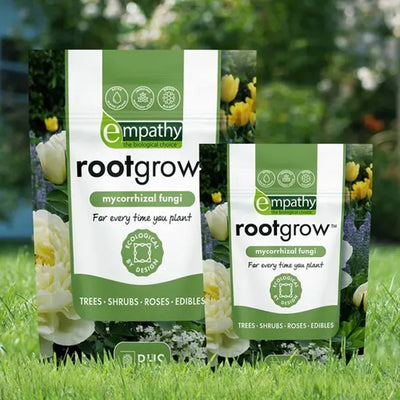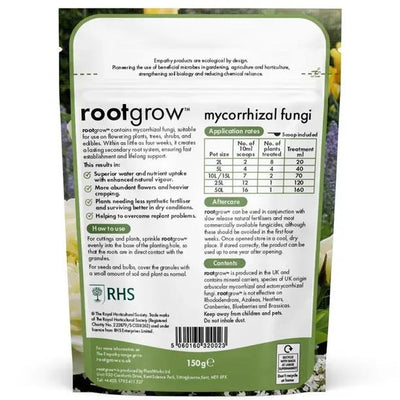Japanese Maple Sapling Trees
-
Use: Specimen tree, ornamental feature
- Not suitable for hedging
-
Height: Up to 5m
-
Growth: Slow. Multi-stemmed, rounded crown
-
Soil: Moist, well-drained
-
Light: Prefers part shade
-
Type: Small ornamental deciduous tree
-
Species: Acer palmatum
-
Bareroot Delivery Only: Nov-March
Appearance, Growth & Uses
Japanese Maple is a charming small ornamental tree with sinuous branches and a graceful rounded canopy, often grown as a large multi-stemmed shrub.
This slow-growing tree reaches up to 5 metres, perfect for smaller gardens and the back of a large border.
The delicate palmate leaves emerge bright green in spring, maintaining a fresh appearance through summer before transforming into spectacular autumn colours ranging from golden yellow to brilliant orange and deep red.
Japanese Maple's smooth bark becomes more textured with age, and the branching pattern is magical, naturally creating a flowing winter silhouette.
The compact size is ideal for patios, courtyards, and small gardens.
Browse our other Maple varieties, other small garden trees or all of our trees.
Growing Conditions
-
Soil: Moist, well-drained, slightly acidic preferred
-
Light: Partial shade preferred, full sun is acceptable in very sheltered sites
-
Moisture: Consistent moisture, good beside water
-
Avoid: Hot, dry, windy sites
-
Maintenance: Looks best with minimal pruning
-
Hardiness: Hardy, but needs shelter from strong wind
Japanese Maple thrives in partial shade with consistently moist soil, preferring cool, humid conditions similar to its native woodland habitat.
It performs best in sheltered positions, protected from wind and hot afternoon sun, which can scorch the delicate foliage, but it handles sun as long as it's also protected from wind.
Young trees establish slowly, and generally require no maintenance.
Garden Design Ideas
Use as a focal point, or as an elegant specimen in mixed ornamental plantings.
Perfect for container growing on patios and terraces, where its compact size and ornamental qualities can be appreciated up close.
The slow growth and naturally artistic form make it an excellent subject for bonsai.
Combine with other shade-loving plants like hostas, ferns, and rhododendrons for attractive woodland-style plantings.
History & Trivia
Also called Smooth Japanese Maple to distinguish it from cultivars with rough bark like Acer 'Arakawa', this tree has been cultivated for so long, into so many forms, that it's hard to be certain what the wild tree looks like.
Our trees are grown from seed, which about as close to wild as you can get.
It's native from Russia to Japan, down through parts of China to Korea, where it grows in mountain woodlands and forest margins.
It was named by Carl Peter Thunberg (1743-1828) during his fifteen or so months in Japan in 1775-6.
The first specimen was brought to Britain in the 1820's, and by the start of the Victorian era it was a must-have tree, prized for its exotic appearance and thrilling autumn display.
Today, Japanese Maples are one of the most collected ornamental trees in the world.
There are hundreds of varieties in widespread commercial cultivation, over a thousand officially registered cultivars, and perhaps 3000 varieties in total.
Palmatum means "like a hand", which refers to the five fingered shape of the leaves.
Its Japanese names kaede and momiji make the same comparison, and maple viewing, momiji-gari, is a cherished autumn tradition there, similar to cherry blossom viewing in spring.
Although the "wild" species doesn't hold an RHS Award of Garden Merit, it has produced about 27 varieties that do, which mostly differ only in appearance, so it effectively holds the award in our eyes.
Former botanical names include Acer polymorphum and Acer jucundum.

 Secure, One-Tap Checkout
Secure, One-Tap Checkout
 Hand Picked, Delivered to Your Door!
Hand Picked, Delivered to Your Door! 1 Year Bareroot Guarantee
1 Year Bareroot Guarantee











